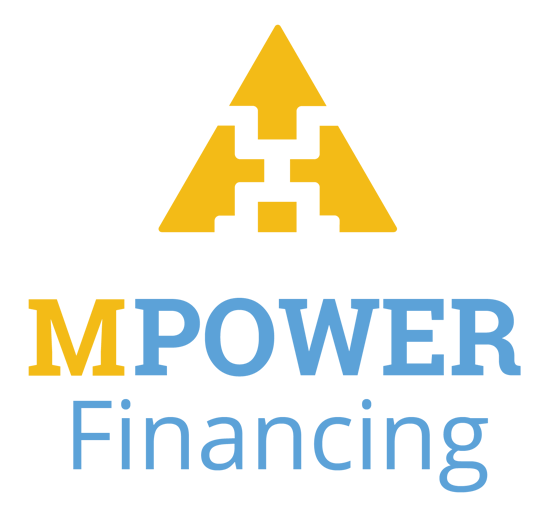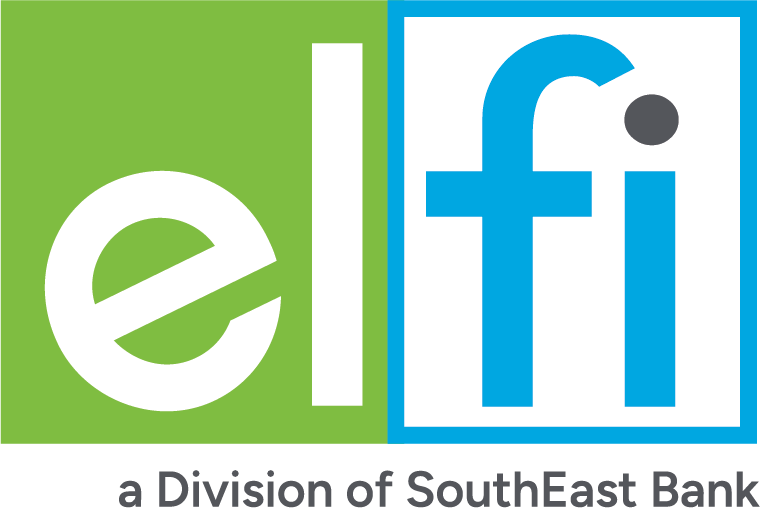What to Do Instead of College: 6 Alternatives to Consider
Options like community college, apprenticeships and volunteering can set you up for a career — no bachelor’s degree needed.

Many, or all, of the products featured on this page are from our advertising partners who compensate us when you take certain actions on our website or click to take an action on their website. However, this does not influence our evaluations. Our opinions are our own. Here is a list of our partners and here's how we make money.
Despite a growing sentiment against college and its high sticker prices, getting a bachelor’s degree is still worth it: In 2022, the median earnings of 25- to 34-year-olds with a bachelor’s degree were 59% higher than those who only completed high school, according to the National Center for Education Statistics (NCES).
But a traditional college degree isn’t the only ticket to a well-paying career and rewarding life.
“The number of alternative pathways that are available is expanding dramatically. It's no longer, ‘I have to go to a four-year school,’” says Mark Schneider, former director of the U.S. Education Department’s Institute of Education Sciences. Increasingly, he says, hiring managers focus on skills rather than degrees.
Many alternatives to college are more affordable than a bachelor’s degree, too. To build the skills necessary for a successful and potentially lucrative career, consider these six routes.
Advertisement



Student loans from our partners

on College Ave website
College Ave 

Best for payment flexibility
Fixed APR
2.89-17.99%
Min. credit score
Mid-600s

on Sallie Mae website
Sallie Mae 

Fixed APR
2.89-17.49%
Min. credit score
Mid-600's

on SoFi® website
SoFi® 

Fixed APR
3.18-15.99%
Min. credit score
Mid-600s
If you want to build skills and learn
1. Community college
You can typically earn an associate degree in two years at a community college. There are more than 1,000 community colleges in the U.S., and average annual tuition and fees cost $4,050, compared with $11,610 for a public, in-state four-year college, according to the American Association of Community Colleges (AACC).
Students can also apply for need-based Pell Grants — up to $7,395 per year that won’t need to be repaid — and student loans to pay for community college. Submit the Free Application for Federal Student Aid (FAFSA) to become eligible for financial aid, including loans, grants and some scholarships.
A student who graduated with an associate degree in 2022 was expected to see annual earnings 18 percent higher than a person with just a high school diploma, according to the NCES.
“Most community colleges have job placement services, connections to local businesses, partnerships with universities, internships, apprenticeships and a host of other programs to ensure that students have the resources they need to succeed in and beyond college,” says Martha Parham, the AACC’s senior vice president of public relations.
2. Trade schools
Trade schools provide focused training for skilled jobs like plumbing, electrical work, automotive repair and hair styling. Also called vocational schools, these programs can last a few months or up to two years.<br>
The Education Department’s College Scorecard and accreditation database can help you search for legitimate, accredited trade schools. You can use federal financial aid at some accredited trade schools.
3. Professional certificate programs
Professional certificate programs won’t give you college credits like a four-year university or a community college would. But, they’ll teach skills that could help you land a job.
Online bootcamps — often for technical skills like coding — are a popular short-term option. The average coding bootcamp lasts 14 weeks and costs $14,000, according to 2025 data from Course Report.
Students can’t use the need-based Pell Grant to pay for education programs that last less than 15 weeks, but federal student loans can be used for some accredited professional certificate programs.
If you want to get right to work
4. Apprenticeships
An apprenticeship can give you hands-on training in industries like graphic design and carpentry. Most apprenticeships pay you for your time.
This route also comes with strong future career prospects. About 90% of apprentices who complete an apprenticeship retain employment, with an average annual salary of $80,000, according to the U.S. Labor Department.
Some community colleges and state governments offer apprenticeship programs. To explore apprenticeship opportunities nationwide, check out the Labor Department’s apprenticeship job finder tool.
5. Entry-level jobs
Jumping directly into the workforce after high school can help you build professional experience and lay the foundation for a career. Even if you weren't recently in high school, entry-level jobs can help you transition into an entirely new career.
Top entry-level jobs without college degree requirements include auto body technician, business analyst, sheet-metal mechanic and salon manager, according to an August 2024 analysis by job listing website Indeed.
Unlike an apprenticeship, entry-level jobs may have less focus on skills-based training.
6. Volunteer work
Volunteering can help you make the most of a gap year after high school, whether you want to go back to school or land a job afterwards. It can also help you get a foot in the door at any point in life. You’ll develop new skills and build a strong network.
Some established programs, like AmeriCorps, City Year and The Peace Corps, even offer a modest living stipend or free housing.
Article sources
NerdWallet writers are subject matter authorities who use primary,
trustworthy sources to inform their work, including peer-reviewed
studies, government websites, academic research and interviews with
industry experts. All content is fact-checked for accuracy, timeliness
and relevance. You can learn more about NerdWallet's high
standards for journalism by reading our
editorial guidelines.
AD
A Better Student Loan Experience. Cover 100% of School Costs — Rates From 2.89% APR.
Get my Rate
on College Ave's website

AD

A Better Student Loan Experience. Cover 100% of School Costs — Rates From 2.89% APR.
- Apply in less than 3 minutes;
- Rates starting at 2.89% APR;
- No application, origination, or prepayment fees;
- Flexible repayment options, including deferred or immediate.

Get my Rate
on College Ave's website








